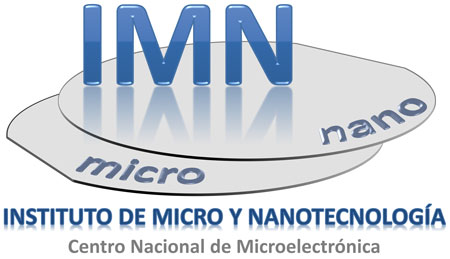Authors: Gonzalo, A; Utrilla, AD; Aeberhard, U; Llorens, JM; Alen, B; Marron, DF; Guzman, A; Hierro, A; Ulloa, JM
Proceedings Paper.
. vol: 10527. page: 0277-786X.
Date: . 2018.
Doi: 10.1117/12.2290079.
Abstract:
Dilute nitride GaAsSbN is an ideal candidate to form the 1-1.15 eV lattice-matched sub-cell that would significantly enhance the performance of 3- and 4-junction solar cells. However, growth problems inherent to this quaternary alloy lead typically to a poor crystal quality that limits its applicability. Better compositional control and crystal quality have been recently reported by growing the material as a GaAsSb/GaAsN superlattice, because of the spatial separation of Sb and N that avoid miscibility problems. Moreover, these structures provide bandgap tunability trough period thickness. Here we study the performance of lattice-matched 1.15 eV GaAsSb/GaAsN type-II superlattice p-i-n junction solar cells with different period thickness and compare them with the bulk and GaAsSbN/GaAs type-I superlattice counterparts. We demonstrate carrier lifetime tunability through the period thickness in the type-II structures. However, the long carrier lifetimes achievable with periods thicker than 12 nm are incompatible with a high carrier extraction efficiency under short-circuit conditions. Only superlattices with thinner periods and short carrier lifetimes show good solar cell performance. Quantum kinetic calculations based on the non-equilibrium Green’s function (NEGF) formalism predict a change in transport regime from direct tunneling extraction to sequential tunneling with sizable thermionic emission components when passing from 6 nm to 12 nm period length, which for low carrier lifetime results in a decrease of extraction efficiency by more than 30%..


